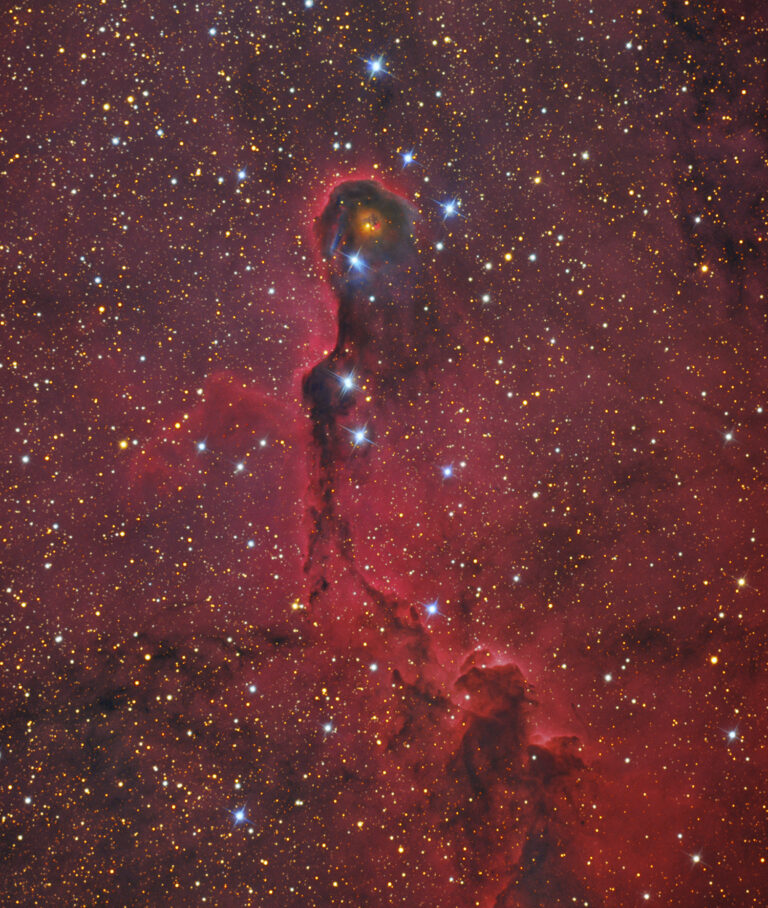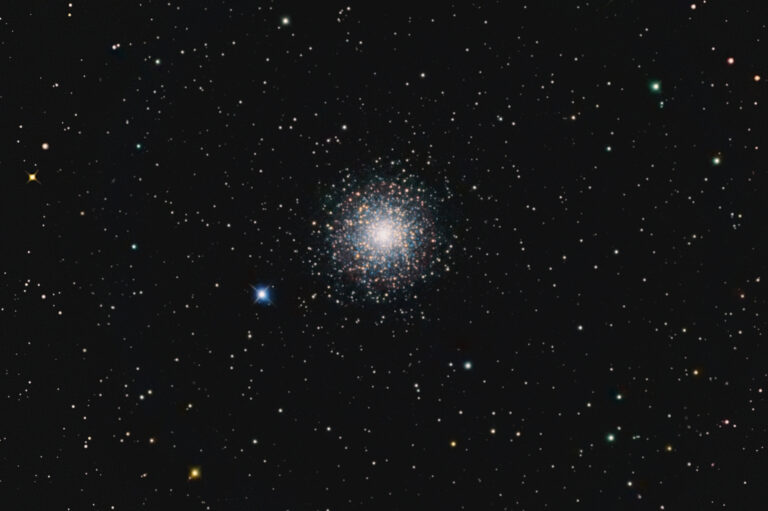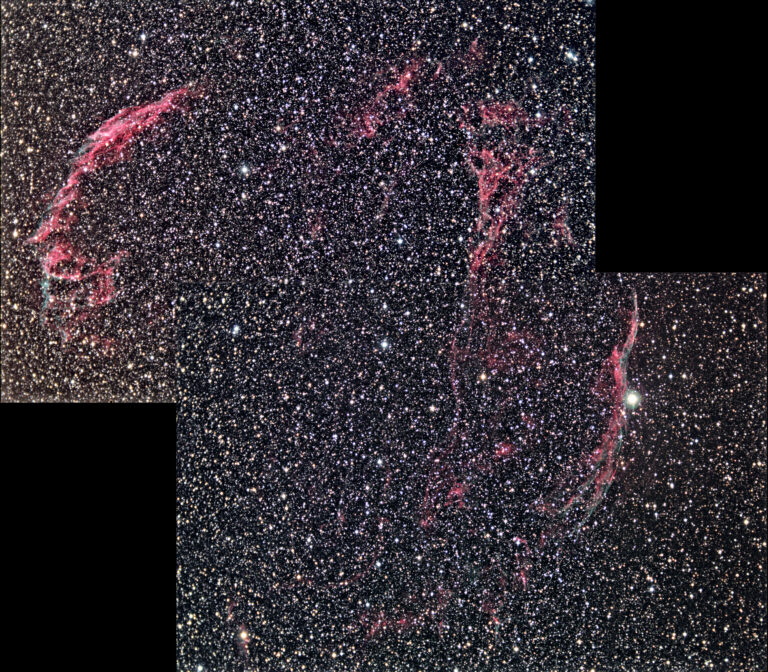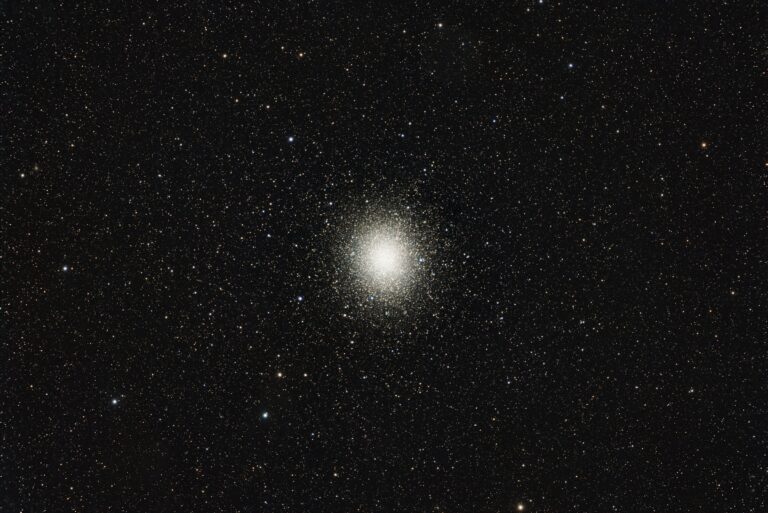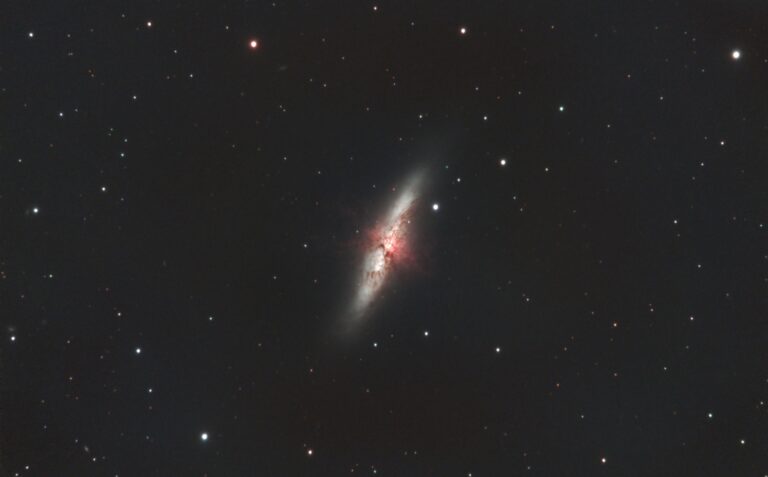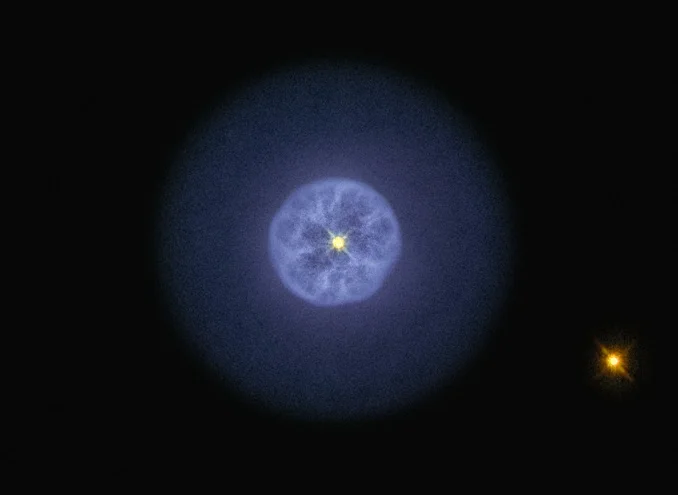
The Lemon Slice Nebula is a challenging object and the northernmost planetary nebula in the sky. Credit: NASA/ESA/Hubble
Key Takeaways:
- IC 3568, also known as the Lemon Slice Nebula, is notable among approximately 3,000 known galactic planetary nebulae for its exceptional symmetry and nearly perfect spherical morphology, distinguishing it from the predominantly asymmetrical forms.
- Located approximately 4,500 light-years distant in Camelopardalis, this relatively young planetary nebula spans about 0.4 light-year and is characterized by a central, dying star of magnitude 12.3.
- The nebula's internal structure includes an inner, brighter region of higher-velocity gas, extending approximately 0.2 light-year.
- Discovered in 1900 by Robert Grant Aitken at Lick Observatory using a 12-inch refractor, this object is recognized as one of the simplest nebulae identified.
Of the approximately 3,000 planetary nebulae known in the galaxy, most are asymmetrical. But one planetary in Camelopardalis, just 7.5° from Polaris, is the poster child for symmetry.
The Lemon Slice Nebula (IC 3568) is a young planetary spanning only some 0.4 light-year. Its central star is dying and glows feebly at magnitude 12.3. The nebula overall is a 12th-magnitude object and it lies approximately 4,500 light-years away.
It is notable for being one of the simplest nebulae known — almost perfectly spherical. The nebula contains an inner, brighter region of higher-velocity gas, spanning some 0.2 light-year.
NGC 3568 was discovered in 1900 by Robert Grant Aitken at Lick Observatory, using the 12-inch refractor.

